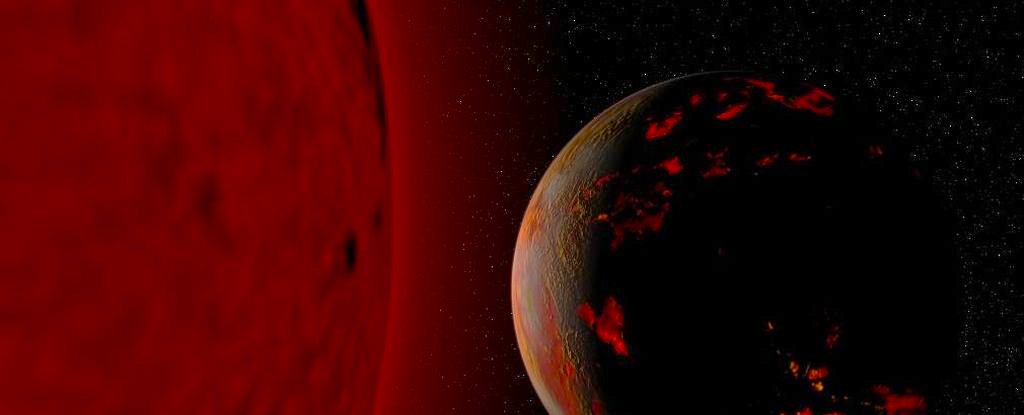Astronomers have observed a flare of light as a dying star engulfs and destroys one of its orbiting planets, providing valuable insight into what happens to a planetary system as a star enters its death throes. This is the first time such an event has been observed, despite being theorized for some time.
Process of a Dying Star
As a star runs out of hydrogen fuel to burn in its core, the delicate balance between the outward pressure of fusion and the inward pressure of gravity begins to unravel. The core starts to contract, bringing more hydrogen from the star’s outer layers towards the center, concentrating in a shell around the core. This hydrogen shell starts to fuse, generating extra heat that puffs the star’s outer layers out to up to hundreds of times its original size. The outer layers cool towards the redder end of the spectrum, forming what is known as a red giant. The star will engulf anything in the path of that expanding outer material.
Observation of a Dying Star
The dying star was located just 12,000 light-years from Earth and rapidly increased in brightness by a factor of 100 before rapidly fading, shining with an excess of bright, long-lived infrared light. This is consistent with models that describe what will happen at the end of the Sun’s life and gives information that scientists can use to construct more detailed predictions about the end days for our little corner of the Milky Way galaxy.
Discovery of a Subluminous Red Novae
The researchers named this kind of event “subluminous red novae” and believe that the observation can help us understand the effect planetary engulfment can have on the brightness, chemical composition, and rotation rate of late-stage stars. The planet that was engulfed by the dying star would have had a maximum mass of about 10 times the mass of Jupiter, being engulfed by and falling towards the core of an expanding red giant. As the star swallowed the planet, its expanding outer envelope continued to cool, forming a dust cloud around the star that gave the long-term infrared signature observed by the Palomar Observatory.
The observation of the dying star engulfing its planet is a significant discovery that provides a “missing link” in our understanding of the evolution of planetary systems. It is estimated that subluminous red novae occur between 0.1 and several times a year and now that we know what they can look like, we may find many more. The discovery is exciting as it captures the star in the act, where a planet is undergoing this fate in real-time, which has been missing from previous observations.



Leave a Reply